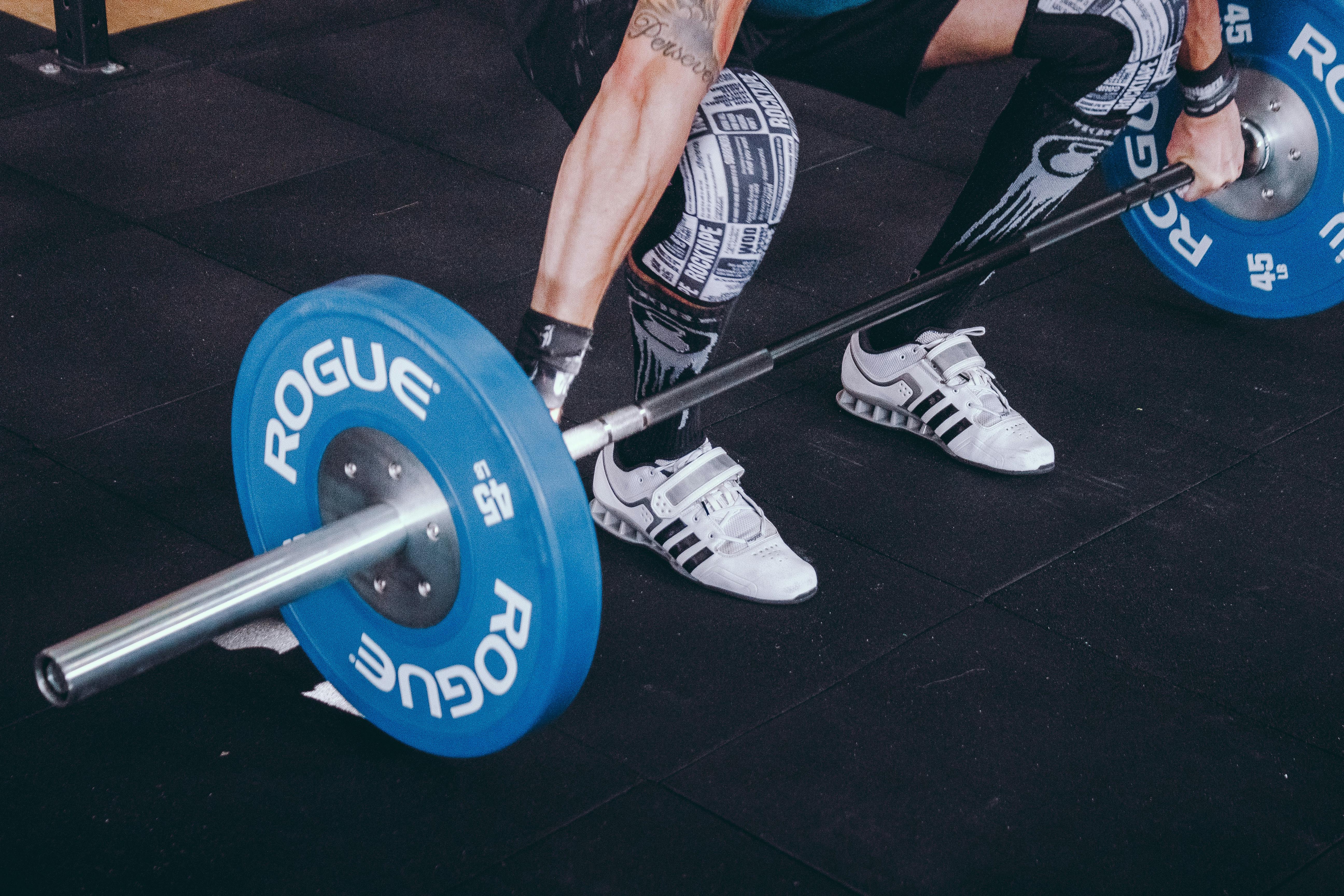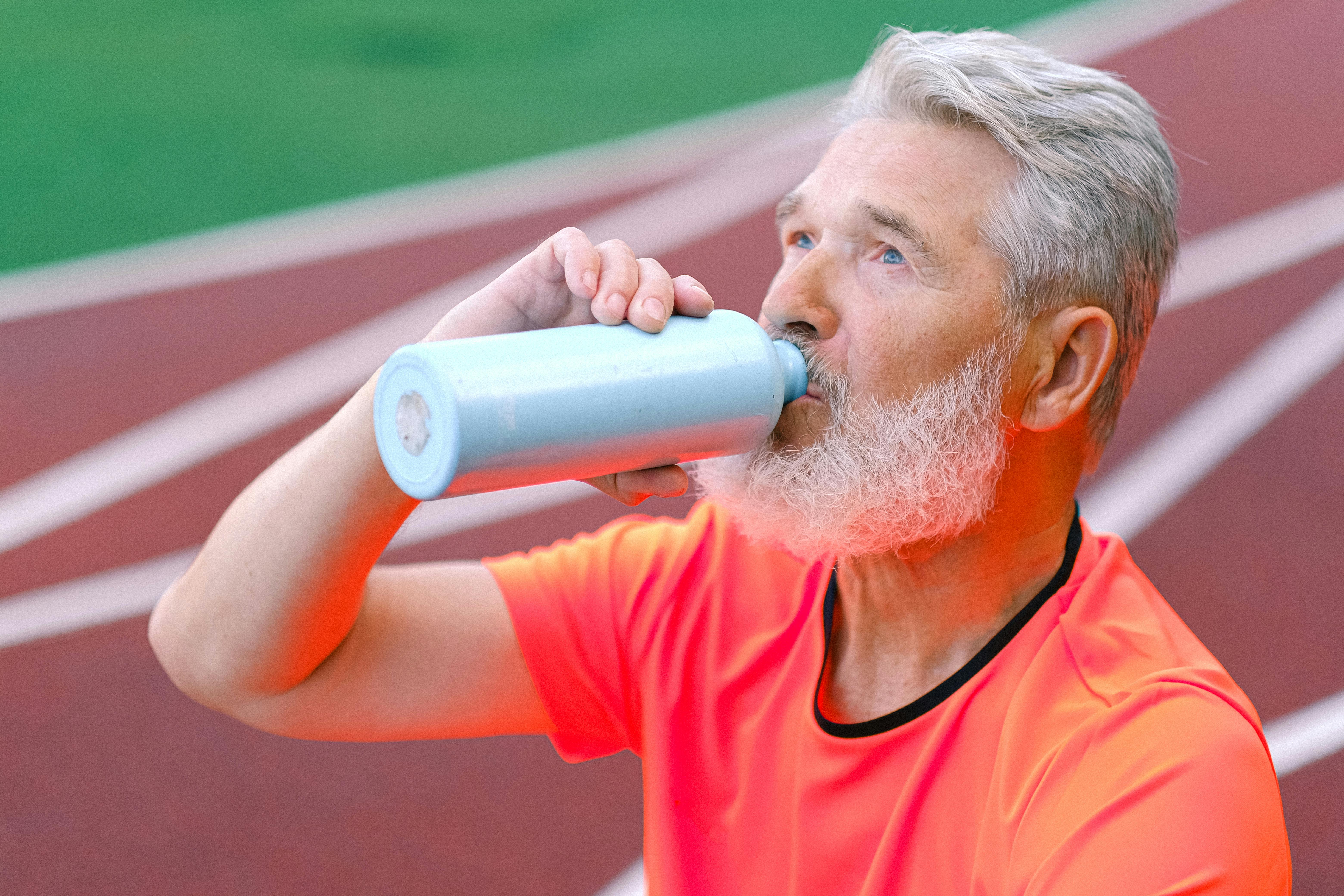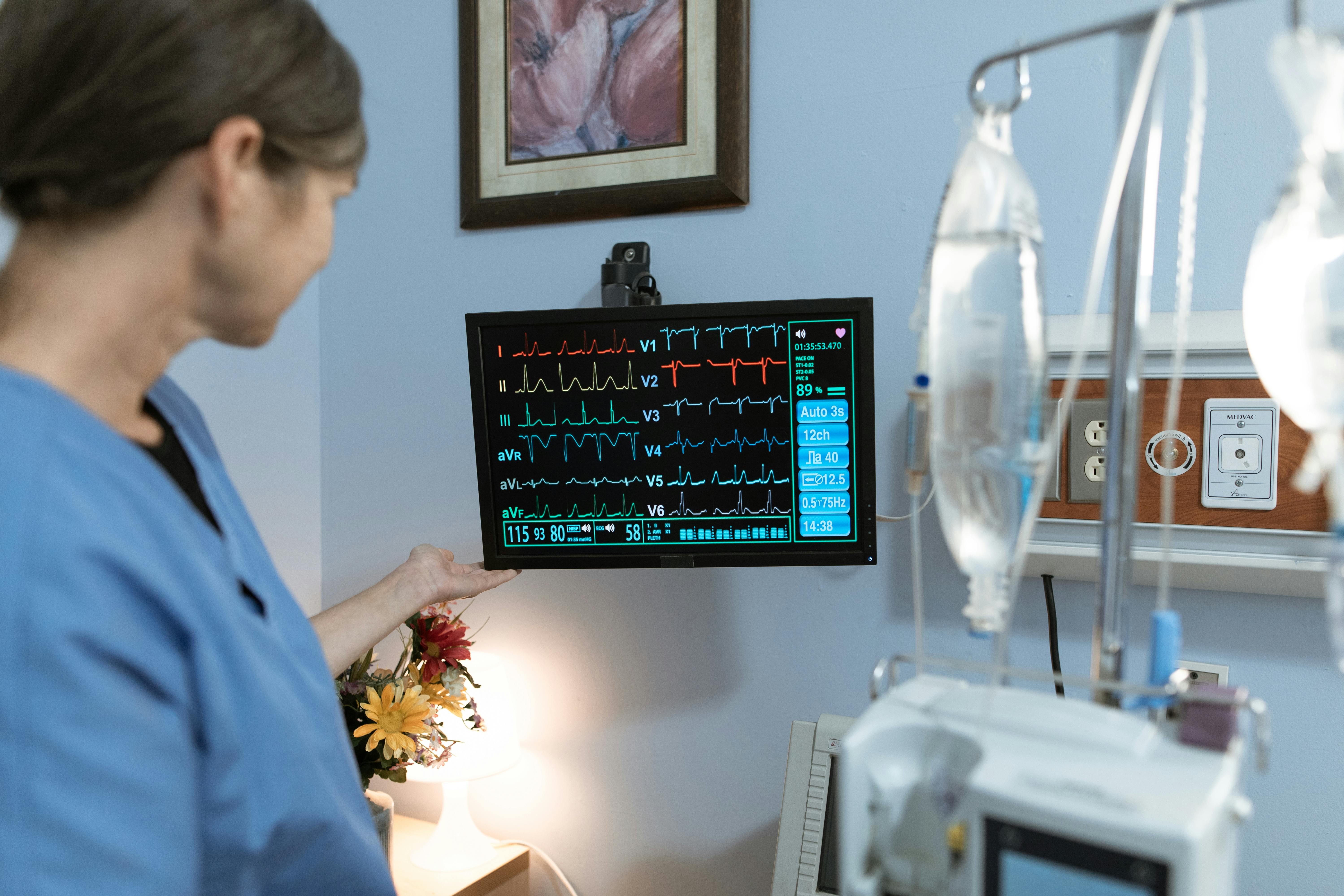Before I start with this article, I want to ask you where it hurts. During the third period of a game, what hurts? I guess more than 50% of you have back pain as the game progresses. Many hockey players come to the gym and ask for some exercises to strengthen their back because it gets fatigued and sore as the game progresses.
Although some players may have weak back extensors, more often this discomfort is related to muscle imbalances. Muscle imbalance in hockey players can also lead to pain or strain in the hips. The most common muscle imbalance in hockey players is strain on the hip flexors. The hip flexors are the muscles at the front of the hip; You can see them in action if you stand up and lift your foot off the floor and bring your knee up in front of your body. There are a couple of hip flexors that have slightly different actions, but we won’t worry about that now.
Although being a hockey player contributes to this muscle imbalance, it is not the only cause. Think about your daily life. You are a student? You work in an office? If you spend a good part of the day in a sitting position, you will be sitting with your hips in a flexed (or bent) position. This places the muscles in a shortened position. Then we drop out of school or work and hit the ice where we skate from a nice low athletic position with our hips and knees bent. Since our body only learns through reinforcement, if you place the hip flexors in a shortened position for most of the day, they will take that shortened position as the normal resting position.
Hope you understand how we get hip flexor flexibility imbalance. Now let’s see why that is important. One of the hip flexors inserts just below the knee and in front of the hip bone. Another hip flexor attaches to the thigh and the anterior aspect of the lumbar spine. So if the hip flexors are tight, they push the athlete into a hyper-extended position in the lower back. Next, consider the skating stride where you are trying to extend the hip further as you go, which will attempt to push the hockey player into even lower back hyperextension.
Now, to complicate things a bit, think about your back position while playing, your preferred position is probably skating with a flat or slightly rounded lower back. Can you see now how this muscle imbalance can create a tug of war between the hips and lower back? This tug of war creates your feelings of discomfort in the most vulnerable link. I want to make sure you understand that it’s not just about your back feeling tired or your hips feeling tight. Without doing anything to improve muscle imbalances in hockey players, you are just waiting for your next injury to occur.
To improve hip flexibility, there are two very easy stretches to do. Make sure you do both because they target the two different hip flexors in a specific way.
Kneeling mid hip flexor
- Kneel on one knee with the other foot flat on the ground in front of your body (the front knee should be bent at 90 degrees, no more).
- Stand tall on your torso; do not lean forward at the hips as this will cancel out the stretch.
- Maintain your high torso position and push your hips forward while tucking your butt slightly underneath. If you have trouble feeling the stretch, try flexing your butt muscles.
- You should feel this stretch in the front of your hip.
- You can add a side bend to slightly increase the stretch. If your left knee is on the ground, try leaning your torso to the right.
Hip flexor and quadriceps
- Configure exactly as described above.
- If your left knee is on the floor, you will reach back and grab your left ankle with your left hand and bring your heel toward your butt (as if you were doing a quadriceps stretch).
- Keep your torso position high.
- You will feel this more in the front of your thigh.
Hold each stretch for 30 seconds and complete two reps on each side. Make sure to do both variations of this stretch, they target different areas. Incorporate these two flexibility exercises into your daily training and reduce some of your muscle imbalances. This small investment of time will help you improve your skating pace and reduce stress on your hips and lower back.



